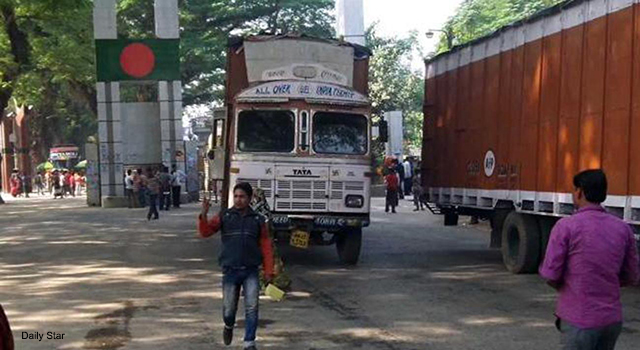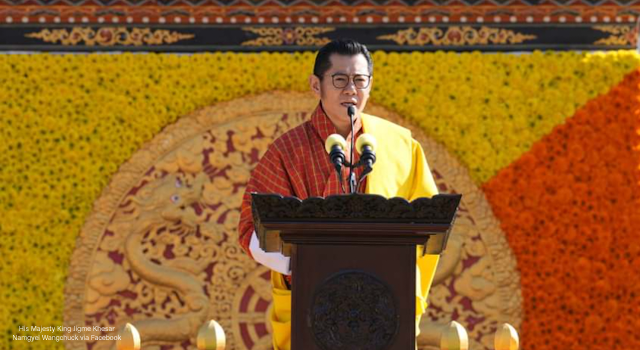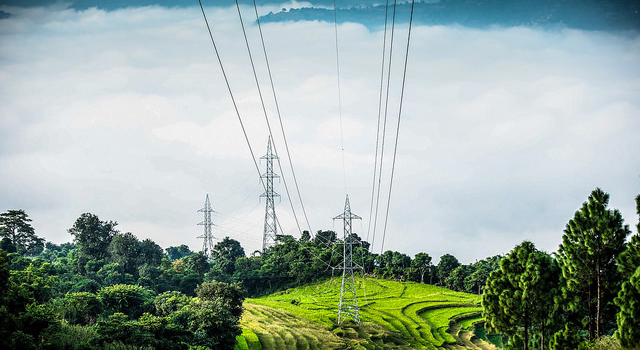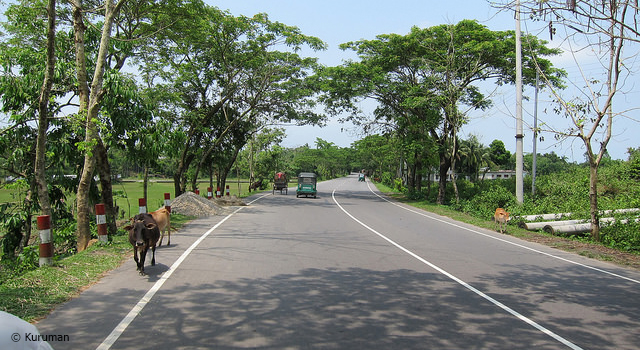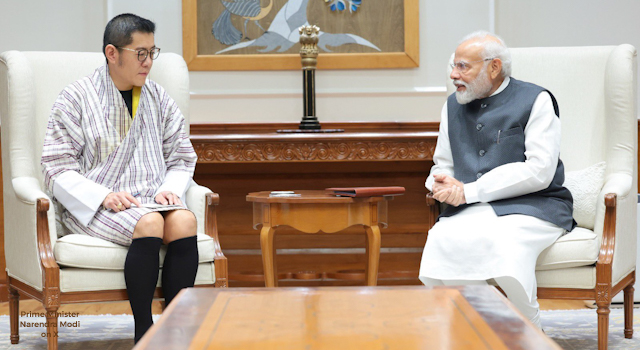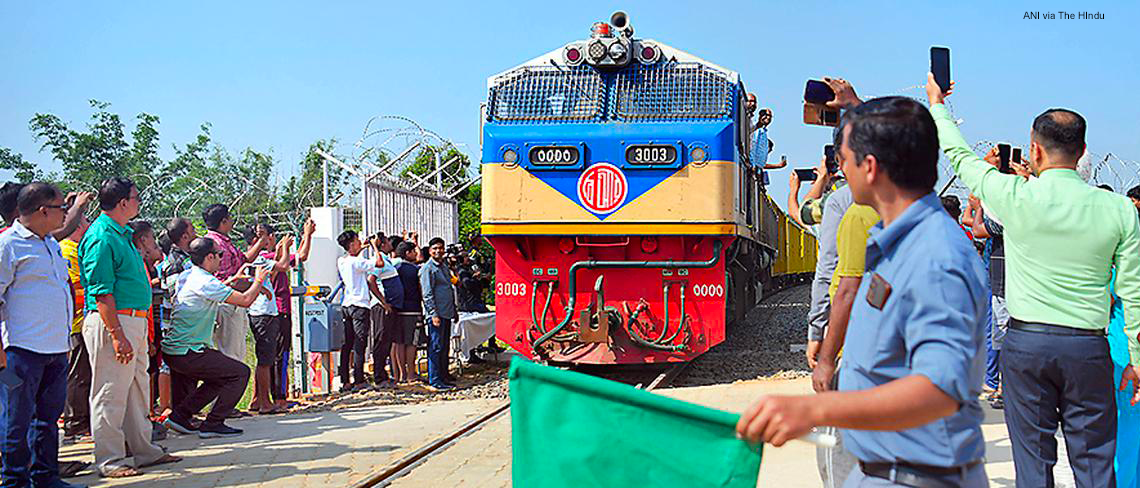
Commentary: Standards in GVC and Bangladesh
13 April 2017
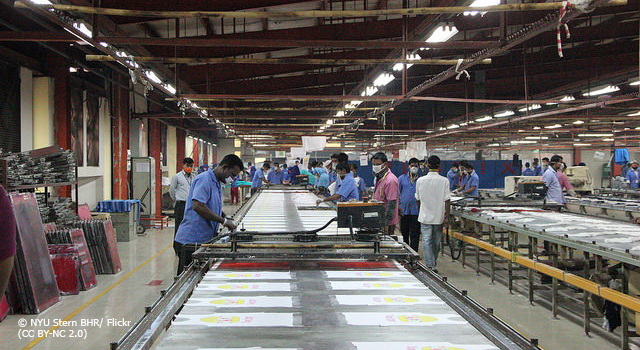
Global value chains (GVCs) allow different stages of the production process to be located across different countries through outsourcing and offshoring of activities. Product and service standards, usually set by private sector stakeholders, determine GVC efficiency. This commentary by Mr. Asjadul Kibria, economic journalist for the Financial Express Bangladesh, brings to light the importance of a regional standard-setting body, such as the South Asian Regional Standards Organization (SARSO), in strengthening the position of least developed countries, including Bangladesh, when it comes to negotiating GVC standards. It also promotes growth of regional value chains in South Asia.
This was first published on the Financial Express.
Standards in GVC and Bangladesh
By Asjadul Kibria
The expansion of Global Value Chain (GVC) has posed a new challenge to developing countries like Bangladesh. Gone are the days when manufacturing meant efforts of large factories to bring as many activities as possible under a single roof. The process, generally termed as vertical integration, is no more a very prudent option in most of the cases. Instead, firms are segmenting and fragmenting production processes across a number of specialised facilities. These facilities are often located in different countries.
In fact, GVC is a process where different stages of production are located in different parts of the world. From the conception and research of a product to the end use and beyond, every activity is a part of value chain. These activities include: designing, producing, finishing, packaging, marketing, distributing and servicing to the end consumer. When these activities take place in different countries or geographical locations, it is termed GVC. The difference with the supply chain is that it generally emphasises the manufacturing and distribution-related steps, whereas the value chain includes activities like designing and branding that add value to a product. Some steps of value chain may not be tangible or visible as there is no physical transformation.
In fact, the surge of GVC is gradually changing the traditional ways of analysing global trade. It becomes more important to know how the economy may fit into the GVC instead of what the economy produces domestically. Thus, tagging like 'Made in Bangladesh' or 'Made in Japan' doesn't necessary mean that the full range of production activities takes place in Bangladesh or Japan for the particular product. In reality, it is much more -- 'Made in South Asia' or 'Made in Asia' or even 'Made in World'. It is estimated that about 60 per cent of the global trade is in intermediate products and services and these are mostly part of GVCs.
The World Trade Organisation (WTO) has already started to calculate GVCs for different countries. In February this year, the organisation released new statistical profiles on GVCs for 61 economies. These statistical profiles provide insight into the value-added content of exports, the interconnection between economies within GVCs and the role of the services industry in exports. There are other indicators also and these include trade in intermediate goods, trade facilitation and foreign direct investment.
Bangladesh is not included in this statistical profile. But a publication of the United Nations Conference on Trade and Development (UNCTAD) in 2013 showed that domestic value added component of Bangladesh's export was 91 per cent in 2010. In other words, the country had low GVC participation rate which was only 36 per cent. Ready-made garments (RMG) industry is the largest export-oriented sector of Bangladesh. Its local value addition is estimated on average 75 per cent annually between FY10 and FY16. So, this sector is not participating in GVC in a large scale.
The UNCTAD report, however, mentioned that countries having potential for high GVC participation-related growth include Indonesia, Malaysia, Viet Nam, Bangladesh, Mexico and Turkey. Another report, prepared by the Organisation for Economic Cooperation and Development (OECD) in 2015, showed that Bangladesh's backward GCV participation rate is below 10 per cent. It, however, suggested that by improving trade policy, the country could increase its participation by 50 per cent from the current level.
Now, there are many pros and cons to be considered for participating in the global value chain, especially for the Least Developed Countries (LDCs) like Bangladesh. There is a lack of understanding among these countries' policy makers and businesses about the multidimensional impact of GVC. While LDCs are struggling to streamline their manufacturing sectors, many of them are also competing with each other in the global market. Thus, no uniform mechanism is applicable to enhance the capacity of the LDCs to participate in GVC. There is also no assurance that by actively participating in GVC, these countries will be benefited substantially.
One critical aspect of the GVC is the standard of products and services. Unlike tariffs or quotas, standards are not just set by the government but also by a wide range of private actors. In fact, the surge of GVC demonstrates that private sector is dominating in standard setting.
In the private sector, leading firms are developing and setting standards to determine the efficiency of their value chain operations. Such standard setting practice poses challenge to countries like Bangladesh, especially to the manufacturers of these countries. It is because manufacturing is the segment of value chain where these countries are paying much more attention mainly due to cheap labour.
Again, these countries are not in a position to bargain for relaxed standards. Private standards are becoming more dominant than national standards. In fact, it is not the government or state, but the private firms which are ultimately exporting and importing products. And these firms are actually setting standards according to their own requirements.
This standard setting spree is clearly reflected in the Mega Regional Trade Agreements (mega-RTAs) like the Trans Pacific Partnership (TPP) and Transatlantic Trade and Investment Partnership (TTIP) as both stress on GVC and private standards.
Bangladesh and other LDCs are generally standard takers, not standard setters. They have very little voice in global standard setting platforms. Though some voice may be raised in multilateral forum, there is no such scope in the private sector platform which is heavily loaded by the multinational entities (MNEs). These MNEs are maintaining value chains as well as setting standards.
Against the backdrop, it becomes very critical for Bangladesh to be well prepared to deal with the growing linkage of GVC and standards. In this link, higher standards may go to overdo Non-Tariff Measures (NTMs). No country can face the pressure generated by the growing linkage of GVC and standards. So, some regional approach is essential. For Bangladesh, common standards in South Asia may provide some initial defence. The South Asian Regional Standards Organisation (SARSO) is working to formulate common standards for the last few years and only three standards have been finalised. Beside regional standards, it is also important for Bangladesh as well as other South Asian countries to move ahead for regional value chain which is nothing but geographically limited version of GVC.



